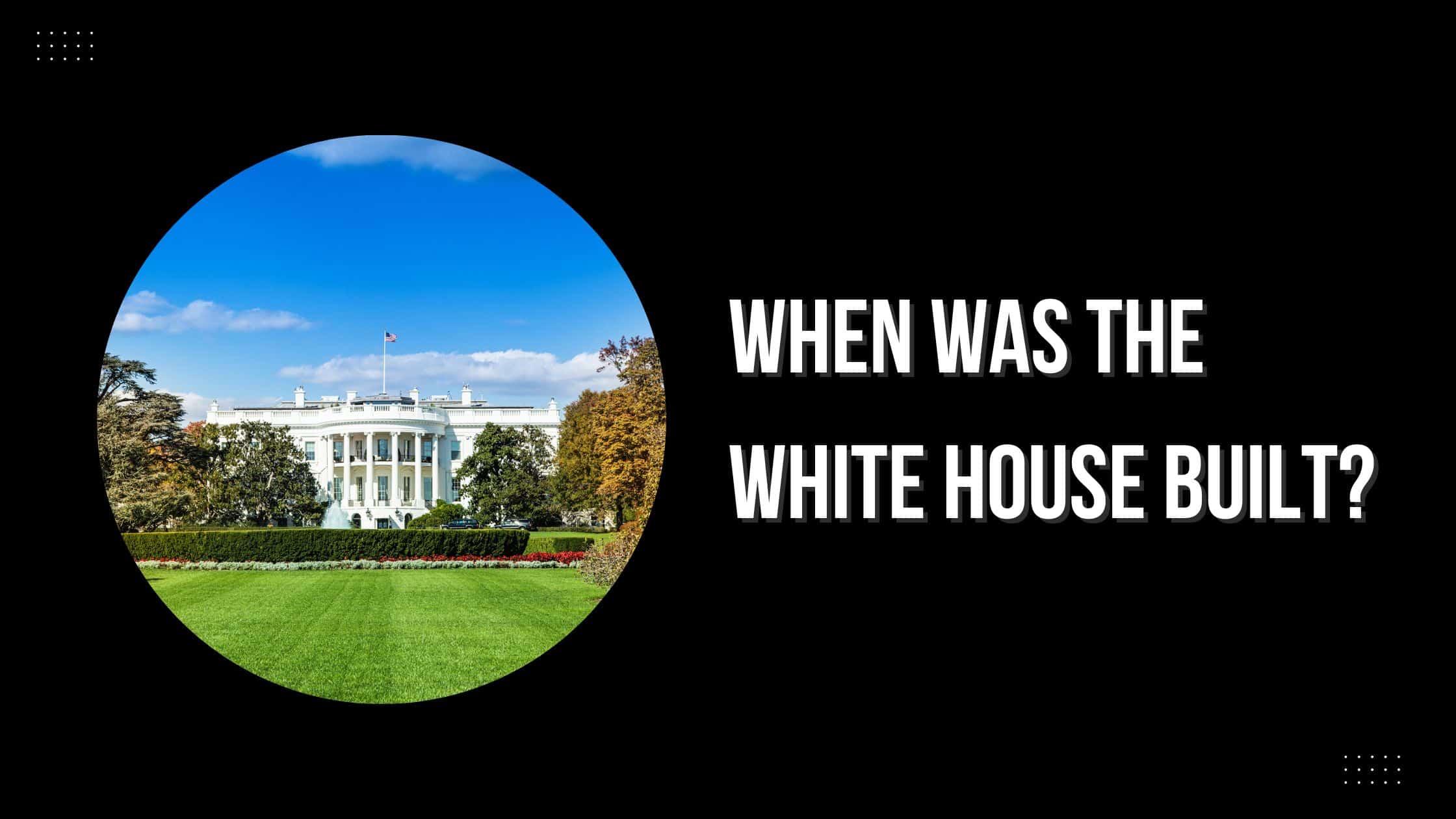When was Zachary Taylor born?
Zachary Taylor was born in 1784.
Where was Zachary Taylor born?
Zachary Taylor was born in Barboursville, Virginia.
How old was Zachary Taylor when he became president?
Zachary Taylor was elected at the age of 64.
What years was Zachary Taylor president?
Zachary Taylor was president from 1849-1850.
When did Zachary Taylor die?
Zachary Taylor died at the age of 65 in 1849.
How did Zachary Taylor die?
He died from a stomach disease.
The Presidency of Zachary Taylor
Some presidents of the United States have long lists of accomplishments and signed laws to their names.
These achievements are because they made the most of their time in office and were highly influential in the nation’s development.
Then you have those remembered for their short stay in the White House and unusual cause of death. The 12th president, Zachary Taylor, belongs to the latter category.
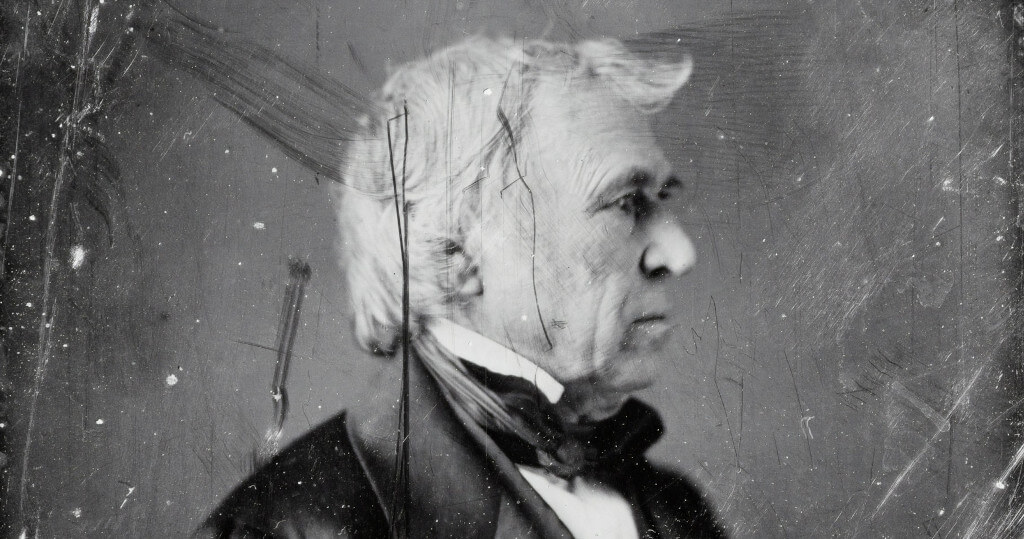
He spent much of his life outside of politics before embarking on a lackluster election campaign and dying two years into his presidency.
However, this doesn’t mean that those two years were wasted or that Taylor should be seen as little more than a footnote in presidential history.
On the contrary, the two years between the 1848 election and Taylor’s death in 1850 were vital for the growth of the United States – both territorially and as a nation dealing with tensions over slavery.
President Taylor’s views and actions would play their part in United States history.
The Death of Zachary Taylor
As the subject of Taylor’s death is the most talked-about aspect of his time in the White House, it makes sense to start here and work backward.
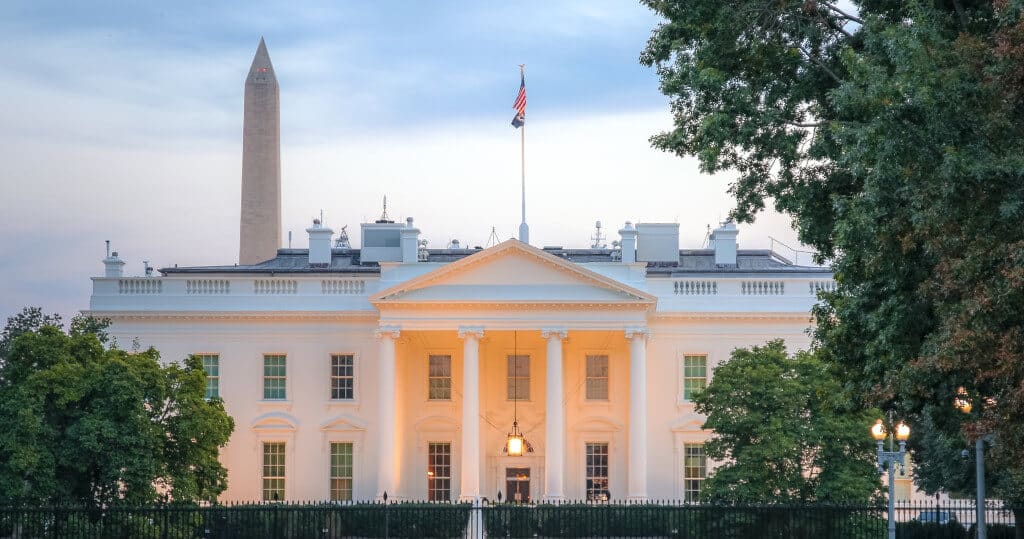
The classic story about Taylor was that he ate too many cherries in one go and died from a stomach complaint.
This narrative may be a little too simplistic and suggest that the president died through poor judgment and greed rather than through any additional medical issue.
Was it the cherries, water, or something else?
While it is true that President Zachary Taylor consumed many cherries with lots of iced milk, it may not have been the cherries that killed him.
The likely reason is that Taylor developed cholera from the water used in the iced milk. Or that he already had enough harmful pathogens before eating all those cherries, and any additional stomach complaint finished him off.
Taylor was not the first American president to become fatally ill while in the White House, nor the only man in the administration at the time to deal with this sort of disease.
Whatever the exact cause, President Zachary Taylor would become so ill following his celebrations at the Washington Monument fundraiser on the 4th of July that he would die five days later.
Cholera in the White House
We must remember that Washington, DC, has changed significantly since the construction of the White House.
The capital was built on wetlands beside the Potomac River. While the land is heavily rebuilt and repurposed today for infrastructure and inhabitation, it wasn’t hospitable in the 19th century.
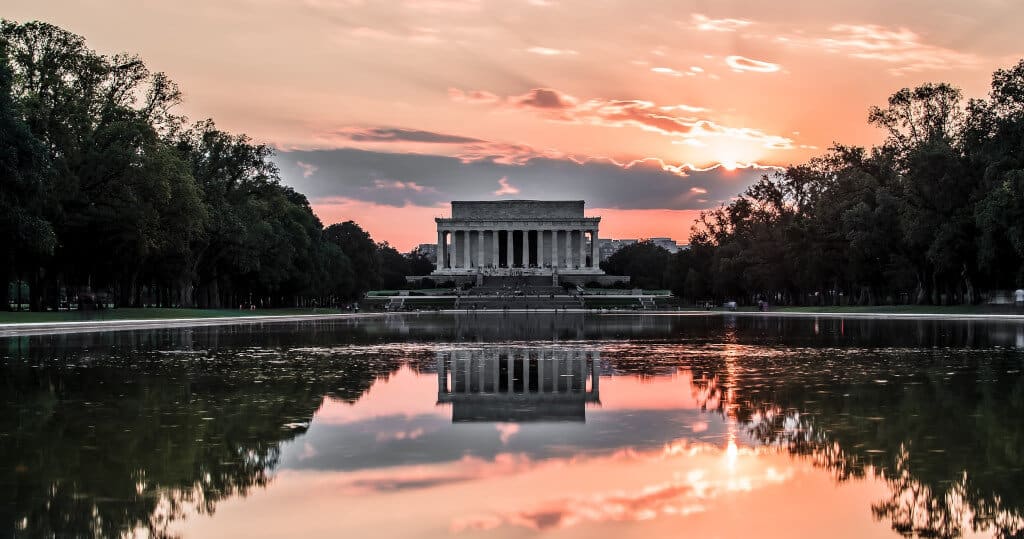
Many buildings and residences suffered from poor ventilation and dangerous water supplies. The water from the nearby spring was questionable, and the canal running close to the mansion was heavily polluted with waste.
There are theories that this contributed to the deaths of three presidents – including Zachary Taylor – and one of Lincoln’s children.
Was There an Assassination Attempt on Zachary Taylor?
When talking about the death of Zachary Taylor, we also have to mention the theory of an assassination attempt.
While this theory has been debunked, it was once given enough serious consideration for Taylor’s closest living relative to agree to the exhumation of the former president in 1991.
Scientists would then conduct careful tests on samples of hair, fingernails, and other tissues to see if there were any signs that the president had been poisoned.
Southerners accused of foul play
The exhumation came from speculation that the cholera diagnosis was incorrect and that pro-slavery southerners had poisoned Taylor, perhaps during that 4th of July celebrations.
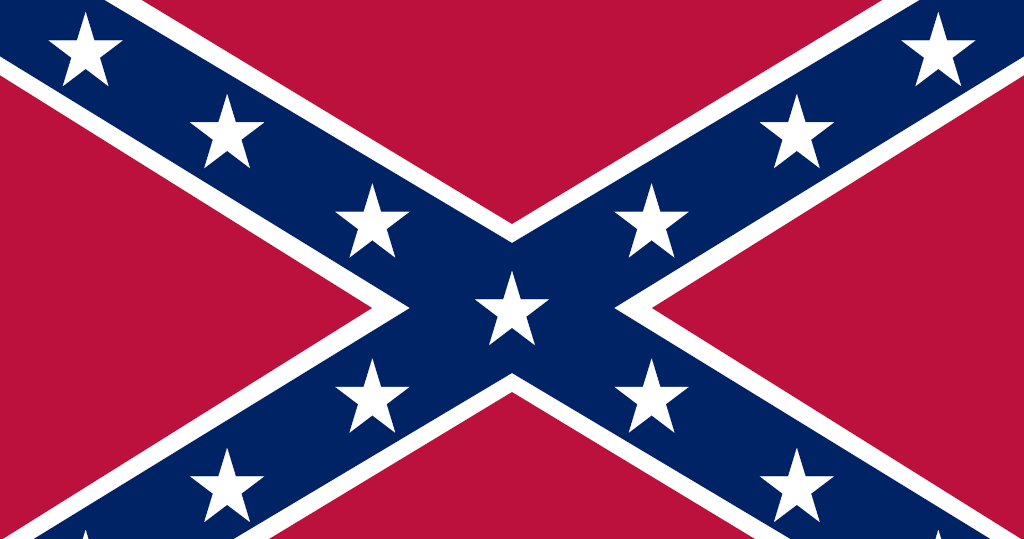
However, the tests via neutron activation analysis showed no evidence of poisoning and agreed with the original cause of death.
Nevertheless, some still believe in the assassination theory, which cannot be fully proved or disproved at this stage.
Zachary Taylor’s Heritage and Status as a War Hero
In some ways, the choice to put Taylor on the ticket for the Whig Party was unusual.
For a start, this was a man with no previous inclination toward a political career. He was a military man.
But, this sort of history as a war hero had worked well for political candidates in the past and can still help voters with their choices today.
Major General Taylor
Taylor served with the United States Army from 1808 to 1849, reaching the rank of Major General. During this time, General Zachary Taylor would see conflict in many battles across the country.
These included the War of 1812, the Siege of Fort Harrison, and the Mexican American War.

In addition, he was dispatched by President Polk to the Rio Grande due to his reputation and service to the country. This reputation also led to the nickname “Old Rough and Ready.”
A noteworthy lineage
The lineage of Taylor couldn’t have hurt his chances of running for office or gaining influence in high society in the United States.
To begin with, he was a descendant of William Brewster. Brewster was one of the leaders of the Pilgrims who formed Plymouth after the voyage of the Mayflower.
He was also related to former President James Madison and Robert E. Lee, a renowned Confederate General.
Zachary Taylor’s Short Time in Office Began With the Election of 1848
Taylor had been reluctant to declare himself as a Whig, yet finally received their nomination at the Whig National Convention.
However, he was also a divisive figure as a slave-owner and therefore did not receive much support from the abolitionists in the northern states.
The Whig Party then chose Millard Fillmore as their vice presidential nominee, partly to soften the ticket and keep the support of Whigs in the north.
Taylor would go on to win the election with 163 Electoral College Votes to Lewis Cass’ 127. The popular vote was equally close, with Taylor taking 47.3% and Cass taking 42.5%.
The defeat of the Democrats in the election was partially down to conflicts within the party and the impact of Martin Van Buren’s run for the Free Soil Party.
Martin Van Buren took votes away from the Democrats in key areas and held 10.1% of the popular vote.
The Expansion of the United States Under Zachary Taylor
One of the issues that Taylor inherited was slavery in regions following the Mexican Cession.
Most agreed that slavery here was economically infeasible and a needless cause for further conflict between slave-owners and abolitionists.
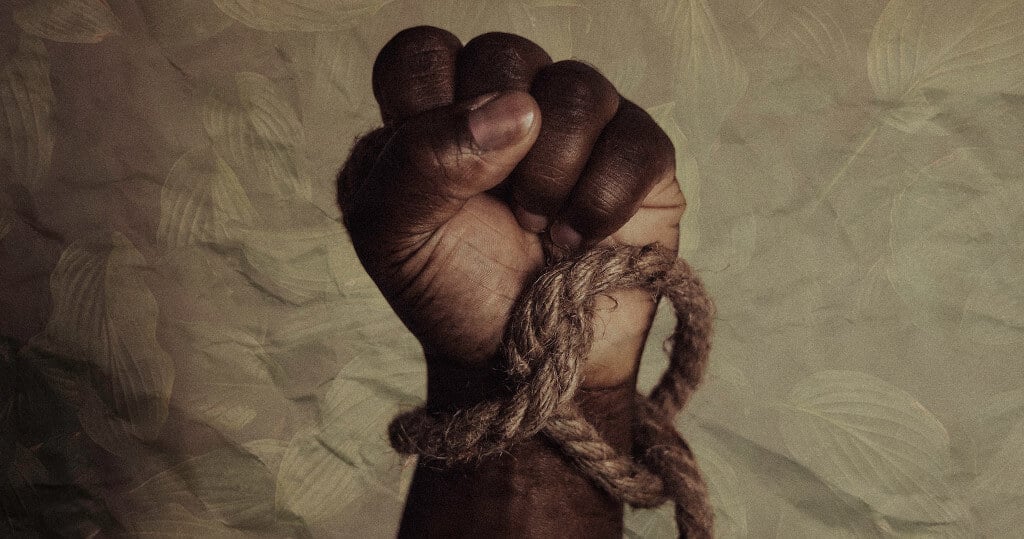
Taylor’s views on the subject and his attempt to deal with the issue’s political side show the problem’s complexity at the time.

Get Smarter on US News, History, and the Constitution
Join the thousands of fellow patriots who rely on our 5-minute newsletter to stay informed on the key events and trends that shaped our nation's past and continue to shape its present.
Slavery is often cited as the cause of the Civil War, and various factors and political decisions related to slavery would play their part.
But, when slave-owning southern Taylor made this decision following the Mexican Cession, it showed the importance of compromise in this dangerous period.
California’s incorporation into the Union
A crucial part of the Taylor agenda on taking office was the notion of admitting California into the Union. At that point, the region was merely a federal territory. However, it was an area developing at a rapid pace.
The 1849 Gold Rush saw many citizens head to the area to seek their fortune. There was a great case for turning this area and its rich resources into a full part of the Union so the country could fully benefit from them.
Then there was the fact that the population there was steadily rising with the growth of new settlements.
In October 1849, there was a constitutional convention in California where members voted unanimously to become part of the Union. This also included a proposed ban within its borders.
Two months later, Taylor would endorse the application of California and New Mexico during his State of the Union address.
The Compromise of 1850
Further issues of cession, state admission, and slavery became major talking points in the United States the following year.

On January 29th, 1850, Senator Henry Clay would introduce a plan later known as The Compromise of 1850. This plan presented five important ideas, all packaged in one big proposal.
Clay had initially hoped for the president to deal with each of the bills separately but was convinced to combine them to bring Texas on the same bill as the admission of California.
Taylor’s desire to see the latter could make it easier to gain the former.
The five bills were:
- the admission of California as a state of the Union
- the cession of some of the territories of Texas in return for debt relief
- the establishment of new territories in New Mexico and Utah
- a ban on the importation of slaves into DC
- the application of a new Fugitive Slave Law.
While this combination of proposals gained support from both Southern Whigs and Northern Democrats, there was still a lot of opposition due to its range of ideas.
The opposition came in part from President Taylor himself. Taylor was firmly in favor of aspects of the compromise, although he was more in favor of admitting New Mexico to the Union than merely allowing them more territories.

However, there were fears in the south that there was bias against them because of the creation of these new free states.
In addition, there were concerns about losing slaves to these areas as fugitives. Meanwhile, Northern Democrats were concerned about some of the implications of the Fugitive Slave Law and its impact on citizens in free states.
The Fugitive Slave Law
The Fugitive Slave Law was an updated proposal to improve the former Fugitive Slave Act of 1793. The main aim was to provide adequate law enforcement against slaves who ran away as fugitives. The controversy here was two-fold.
Firstly, there was the idea that this was designed to help protect slave-owners in the southern states and ensure that they would be able to reclaim any slaves that fled to free states.
Secondly, there was pressure on law enforcement agencies with the free states to detain and remove those fugitives from their jurisdiction.
Free states with bans on slavery would see officers forced to act against those seeking freedom. There was a $1000 fine for those officers that did not comply.
Furthermore, those that provided shelter and food to fugitives also faced similar fines or imprisonment. Taylor’s opposition to the Compromise in 1850 meant that he would not sign this bill into law.
However, his successor, Millard Fillmore, would.
The Galphin Affair
One of the reasons that The Compromise of 1850 fell to the side was that Taylor had another problem. There had been an ongoing legal case where descendants of a colonial trader called George Galphin were dealing with unpaid services.
He had not been paid following the American Revolution’s start, so there was a debt on the British side. The federal government had taken on the debt and was now dealing with issues of repayment and interest to those descendants.
The final result saw a payment of legal compensation to their lawyer, who now happened to be Taylor’s Secretary of War.
This sum of $100,000 caused great controversy and embarrassment, and there was an investigation into Crawford’s actions.
Taylor was left dealing with the fallout while also handling further reorganization of his cabinet.
The Legacy of Zachary Taylor
When talking about the legacy of Zachary Taylor today, it is difficult to get past the circumstances of his death. He will forever be the president that died eating cherries.
However simplified this is, it is an excellent snapshot into the conditions of the White House and the events of July 4th, 1850. Still, we can’t forget that there was more to his presidency than a bout of cholera.
The 12th US President certainly did much more in his term than William Henry Harrison, who died just a month into his term.
President Taylor still had an important role to play in the creation of California and New Mexico as states.
It is interesting to consider what would have happened with the Fugitive Slave Law and other aspects of the 1850 compromise had he lived.
Therefore the importance of his death so soon into his term can’t be underappreciated.


